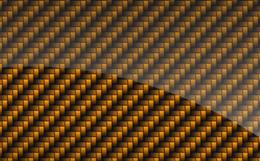Originally publishin Tekstilna Industija, December 2010
Abstract
This paper presents theresults from evaluating the thermal properties of clothing systems by using asweating thermal manikin Coppelius that simulates heat and moisture productionin a similar way to the human body, and measures the influence of clothing onheat exchange in different environmental and sweating conditions. In order toevaluate the influence of cold environmental (10°C/50 % RH) and low-sweatingconditions (0 and 50 gm-2h-1) on the thermal properties ofclothing systems, we investigated the heat and water-vapour transmissionproperties through the clothing systems. In addition we also evaluated the thermalresistance or insulation and the corrected thermal resistance of different malebusiness clothing systems made of standard textile materials (wool and wool-mixture),and male business clothing systems that contained phase-change materials (PCMs)used as liner and outerwear materials.
The results of evaluating the thermalproperties of business clothing systems in cold environmental and low-sweatingconditions showed that the sweating process causes an increase in total heat-lossthrough the clothing and, therefore, a decrease in the thermal resistances ofclothing systems. It is noted from the results that when dry testing small differences in heat-loss andthermal resistance values exist between clothing systems
The author isassociated with Academy








